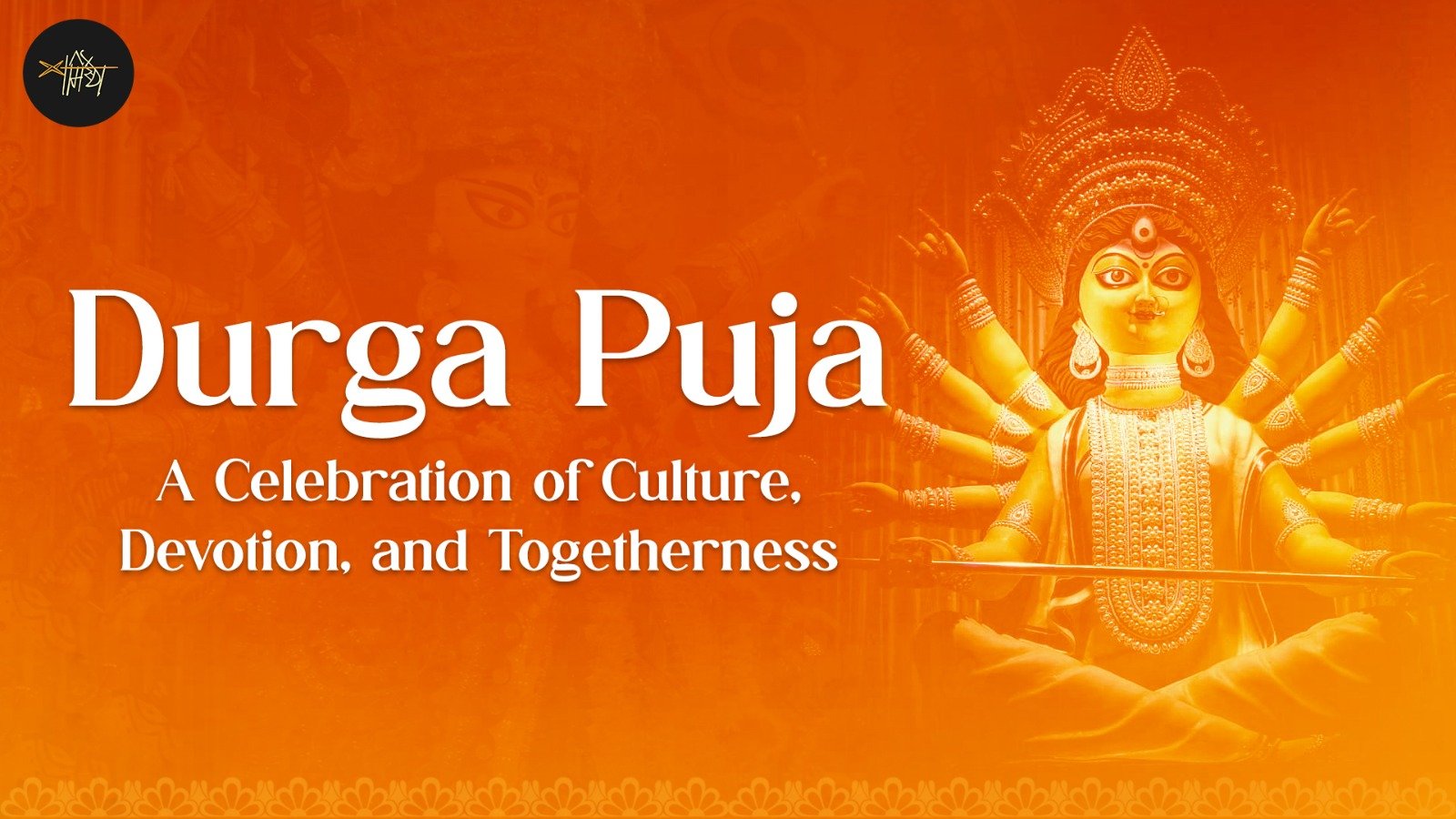The spoken word holds timeless power, turning text into a living, breathing experience. Recitation is more than reading aloud—it is an ancient art rooted in rhythm, emotion, and meaning. Across cultures, reciters use their voice to bring words to life, keeping traditions and stories alive for generations.
Techniques of recitation are essential for transforming words into an impactful performance. Breathing control is key, helping reciters maintain steady volume and clarity. Proper pacing ensures listeners can absorb the message; too fast loses meaning, too slow breaks the flow. Clear articulation makes each word shine, while tone and pitch add depth and emotion. Together, these techniques create a powerful bond between the reciter and the audience.
Traditions in recitation vary widely yet share common roots. In religious contexts, reciters learn precise rules to preserve sacred texts like the Quran, Vedas, or Psalms, passing them down unchanged through generations. Classical poetry reciters rely on memory and rhythm to keep ancient verses alive. Oral storytelling in villages and families once served as the primary way to share history, values, and wisdom.
Today, the spoken word continues to evolve. Modern spoken word poets and slam performers draw from traditional techniques, infusing them with personal style and contemporary themes. Audiobook narrators, podcast hosts, and stage performers all benefit from mastering classic recitation skills. Yet the heart of recitation remains the same: conveying emotion and meaning through the power of the human voice.
By understanding the techniques and traditions of recitation, we appreciate why the spoken word remains so captivating. It transcends language and culture, forging connections that text alone cannot achieve. Whether reciting poetry, scripture, or stories, the reciter’s voice becomes a bridge between past and present, reader and listener.
In a world dominated by screens, the art of recitation reminds us of the beauty of spoken language. Through breath, tone, and rhythm, words transform into something timeless—living echoes of human expression






